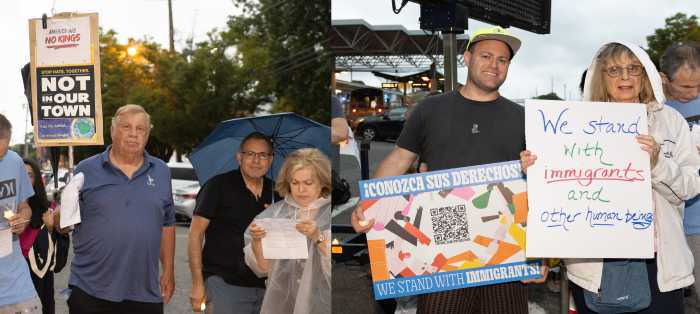Summer officially starts in two weeks, and there’s controversy over what’s worse—the sun or the sunscreen?
You’re probably familiar with UVB rays, which cause sunburns and skin cancers. However, UVA rays are present all year, even in winter, even on cloudy days, and, unlike UVB, UVA goes through glass. So you’re still getting UVA rays inside your car or sunny kitchen. This is why I recommend you use “broad-spectrum” sun protection, which protects against both UVB and UVA rays, every single day.
Sunscreen takes 20 minutes to work, and only lasts about two to four hours, so definitely reapply at lunchtime or after swimming. A substantial amount is needed to get the SPF listed. Since an average adult needs one ounce to cover their body, a four-ounce bottle should last only one or two days at the beach—not an entire summer.
Yes, for natural vitamin D you can expose just arms and legs for 20 minutes. I’d rather remove a future skin cancer there than your face.
No, don’t stop using sunscreen because of preliminary studies about avobenzone absorption. Use a physical “sunblock” with zinc or titanium because deaths from skin cancer are well-documented. Use sun-protective clothing and hats from brands like Coolibar and Walleroo—I own dozens. Limit chemicals in children by using physical sunblocks and swim shirts. But try to avoid direct sunlight in babies under 6 months old since the American Academy of Pediatrics advises against any sunscreen/block unless absolutely necessary.
Yes, there is a difference with higher SPFs. There may not be as incremental an increase, but the higher the SPF, the longer it will take to burn.
No, UVA tanning booths are not safer. Better alternatives are spray tans and sunless tanning products.
Yes, now is the time to quit smoking because smoking, as well as the sun, increases wrinkles much more than sun alone. Plus, smoking causes lines around the mouth, which women hate.
For your face, SPF in your makeup or moisturizer isn’t enough because SPF only protects against UVB “burning rays.” However, UVA “tanning rays,” which we used to think were the “safe” rays, are now known to penetrate deeper into the skin. UVA causes wrinkles and brown spots—signs that make people look old and also contribute to skin cancer. So I recommend adding a sunscreen labeled as “broad spectrum,” meaning it protects against both UVB and UVA rays.
To treat previous sun damage, try over-the-counter brightening products and retinols, or stronger prescription bleaches and retinoids like Retin A. Chemical peels are helpful, but only some lasers are. For early skin cancer detection, everyone should see a board-certified dermatologist annually for a full head-to-toe check, or sooner if any old moles change or new growths appear that don’t look right.
Most sun damage occurs before you’re 25, but for those of us older than that, it’s never too late to start protecting yourself so you don’t compound the damage.

Eve Lupenko, M.D., F.A.A.D. is a board certified dermatologist at Greenberg Cosmetic Surgery and Dermatology. With more than 20 years experience, Lupenko specializes in medical, surgical and cosmetic dermatology for adults, pediatric, children and teens. For more information, call 516-364-8200 or visit www.greenbergcosmeticsurgery.com/dermatology.
































